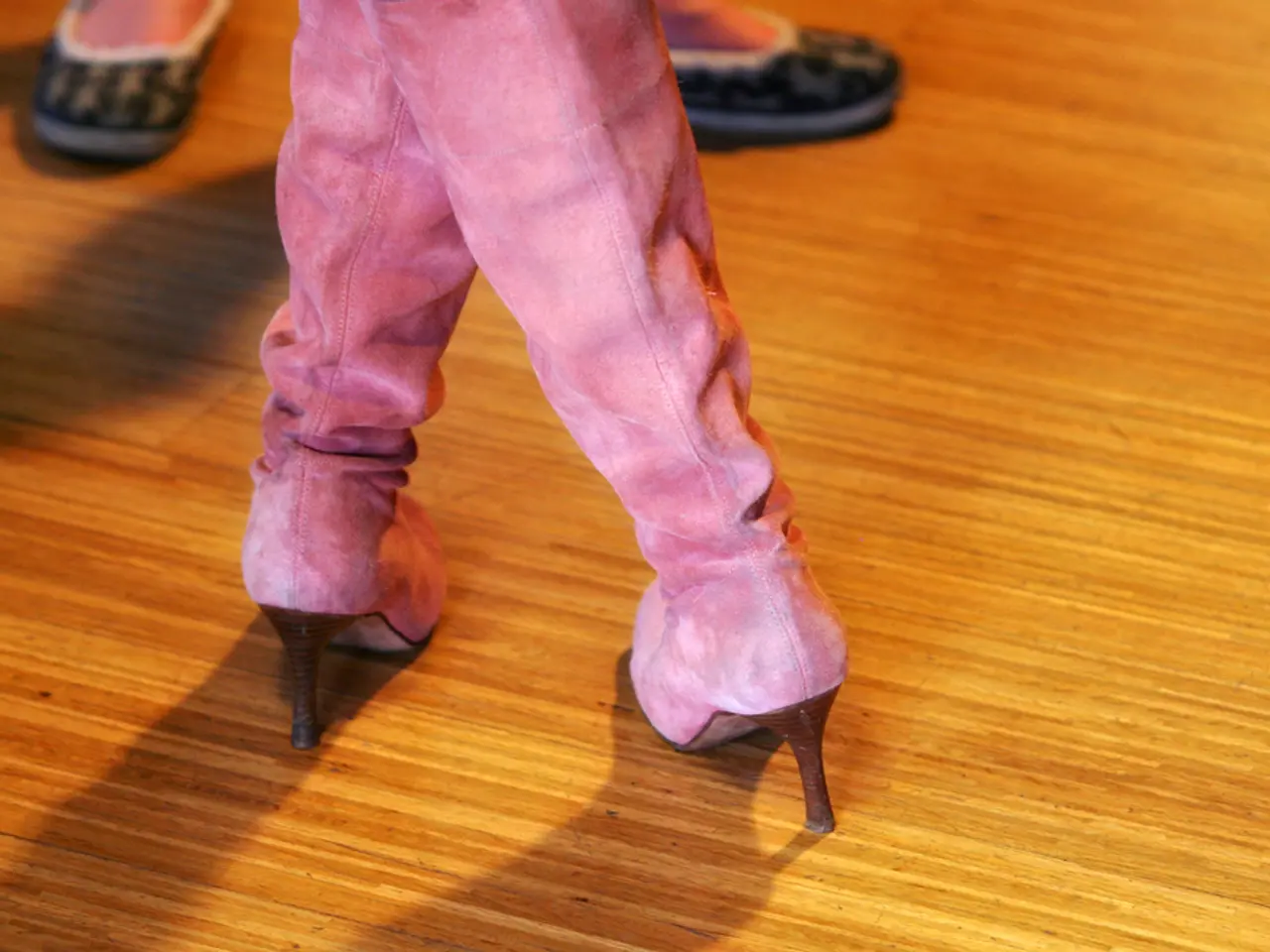Withdrawal Symptoms from Cannabis: Description, Duration, and Strategies for Managing
Cannabis withdrawal can be a challenging experience for individuals who decide to stop using the substance, whether for recreational or medicinal purposes. The psychological symptoms of cannabis withdrawal can last longer than the physical effects, with some symptoms persisting for more than a month.
Experts define cannabis addiction as continued use despite negative consequences in a person's life. Withdrawal symptoms may include irritability, anxiety, difficulty sleeping, decreased appetite, depressed mood, anger or aggression, restlessness, cravings for cannabis, nausea, headache, chills, abdominal pain, and more.
The THC content in cannabis has risen from around 3.96% in 1995 to 16.4% in 2022, potentially making the effects of cannabis, including withdrawal, more extreme.
Treatment and management options for cannabis withdrawal focus primarily on addressing psychological symptoms and supporting overall well-being. Psychological support from therapists or counselors can help patients cope with emotional challenges and cravings during withdrawal and recovery. Relaxation techniques, such as meditation, yoga, and deep breathing exercises, can reduce anxiety and promote calmness.
Establishing a consistent bedtime routine, avoiding screens before sleep, and using natural remedies (like chamomile tea) can improve sleep quality. Exercise boosts mood and helps manage withdrawal symptoms by releasing endorphins. Engaging with peer support or group therapy provides encouragement and shared understanding during recovery.
Accepting the unique timeline of withdrawal symptoms and focusing on healthy coping skills reduces relapse risk and supports long-term sobriety. Professional treatment programs often combine these approaches to help individuals successfully navigate withdrawal and maintain abstinence from cannabis.
For people facing mental health or substance abuse problems, the Substance Abuse and Mental Health Services Administration's national helpline (1-800-662-HELP) offers free, confidential 24/7 support. The type of treatment a doctor recommends for cannabis withdrawal may depend on whether or not the person has cooccurring conditions, such as a psychiatric illness or an addiction to other substances.
As of now, the FDA has not approved any medications to treat cannabis use disorder. Research into treatment is ongoing, with some studies investigating the use of cannabidiol (CBD) alongside cognitive behavioral therapy (CBT) to treat cannabis use disorder.
It's important to note that regular use of cannabis can lead to cannabis use disorder, which in severe cases can be a form of addiction. Females may experience more severe cannabis withdrawal symptoms than males, but more research is needed to confirm this.
For a person who uses cannabis daily, slowly reducing use might make quitting easier. If a person only occasionally uses cannabis, they might be able to stop altogether. People can speak with their doctor or professionals at a local health clinic about cannabis withdrawal and receive recommendations for local resources, including detoxification centers and support groups.
A 2021 study notes that cannabis exposure in adolescence may alter brain development, but further large scale studies are needed to confirm this. Evidence linking cannabis use to cardiometabolic risks, such as heart attack and stroke, is unclear, and further research into this topic is necessary.
In summary, cannabis withdrawal is primarily psychological with symptoms lasting around two weeks but possibly extending longer for some individuals, and treatment typically involves therapeutic support, behavioral strategies, and lifestyle adjustments to ease withdrawal and sustain recovery. If you or someone you know is struggling with cannabis use, seek help from a healthcare professional or contact the Substance Abuse and Mental Health Services Administration's national helpline for support.
- Cannabis withdrawal symptoms may include multiple health issues such as irritability, anxiety, depression, anger or aggression, and difficulty sleeping.
- The THC content in cannabis has increased over the years, potentially making the effects of cannabis, including withdrawal, more extreme.
- For a person who uses cannabis daily, slowly reducing use might make quitting easier, whereas someone who only occasionally uses cannabis might be able to stop altogether.
- Estabishing a consistent bedtime routine, avoiding screens before sleep, and using natural remedies can improve sleep quality during cannabis withdrawal.
- Exercise boosts mood and helps manage withdrawal symptoms by releasing endorphins.
- Engaging with peer support or group therapy provides encouragement and shared understanding during recovery from cannabis addiction.
- Further research is needed to confirm if females experience more severe cannabis withdrawal symptoms than males, and to further understand the cardiometabolic risks associated with cannabis use.




